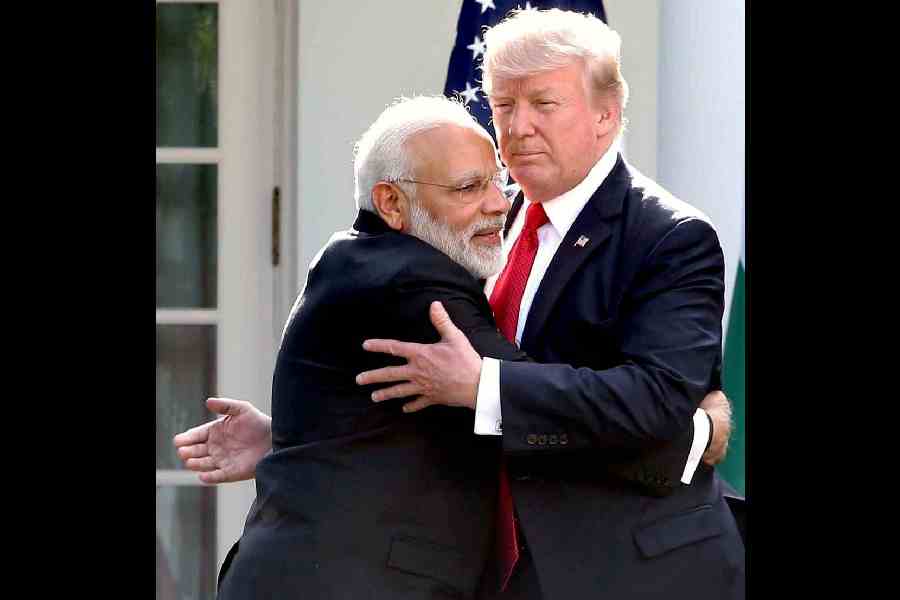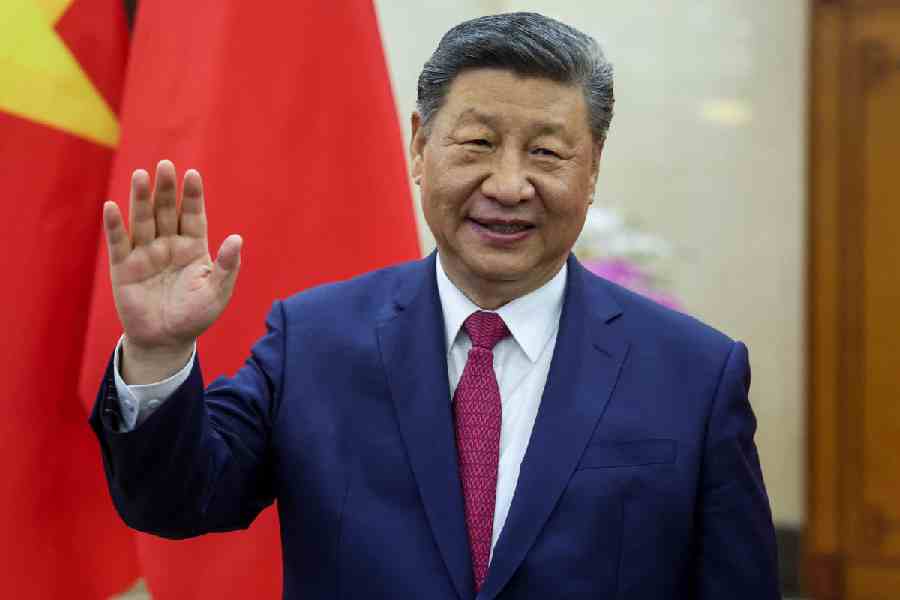
The Nobel Prize is just the icing on the cake. It goes to people who have achieved something, which would usually have brought them honours already from their professional colleagues. The Nobel adds a notch to their fame, and takes it across the world and beyond their subject.
As in sciences, the economics Nobel often goes to people who have made advances in theory. Theory is considered superior to empirical economics, and theorists dominate professional bodies. Theory can be done in one's study; one does not have to wander in villages and jungles collecting data. And theoretical advances are scarcer, easier to identify and, arguably, more valuable than empirical extensions.
Angus is a Scotsman. He was named Dingus; I guess that his parents changed it to Angus on second thoughts. He read economics in Cambridge. Cambridge economics too was dominated by theorists. But Keynes's General Theory led to attempts to test it empirically, which required time series of national income and its components; that is how Colin Clark published the first estimates of Britain's national income in 1932, followed by Vijayendra Kasturi Ranga Varadaraja Rao's first estimate of India's national income in his 1937 PhD thesis.
World War II, which ensued in 1939, forced the British government to divert resources to fighting the war. It set up the Central Statistical Office under John Maynard Keynes. Richard Stone, son of a justice of Madras High Court, was his assistant. He worked out the first national accounting model for the United Kingdom. After the War, Stone went back to Cambridge and set up the department of applied economics. He got together a team of quantitative economists and developed the discipline of econometrics. He got a Nobel in 1984. When the new government of independent India was preparing to plan development of the Indian economy, for its statistical infrastructure it appointed a national income committee in 1949. Richard Stone and Simon Kuznets came to India in 1950 on its invitation, and helped construct India's first national income estimates.
Stone was a fellow of my college, King's. As a student in the 1930s, he calculated a Cobb-Douglas production function with a pre-electric hand calculator his father had given him. During the War, he worked in the ministry of economic warfare. In May 1940, he noticed all Italian tankers heading towards ports in Allied countries; they were obviously in a hurry to load up oil and take it to Italy before something happened. He predicted that Italy would join Germany and declare war on the Allies on June 10, by when the ships would all have returned to Italy. He was told off by his boss: "So what if it imported a lot of oil; it was a Catholic country and needed a lot of paraffin for altar candles" (This is from Deaton's obituary of Stone). When I was dreaming of long-term models in 1959 and dithering about which country to try them out on, Richard Stone introduced me to Erich Schneider and sent me to Germany.
Some years later, he picked up Angus Deaton, who graduated from Fitzwilliam, and put him to work on modelling. Deaton's early work was entirely on consumption: what happened to consumption when people got financially comfortable later in life, what were the empirical implications of assuming that consumer preferences could be added up, how best to tax consumption, and so on. A typical contribution would have been his article with M.H. Pesaran in a 1978 Econometrica about testing non-nested non-linear regression models.
Consumption surveys yield data which permit one to compare differences in the consumption patterns of people in a given period as well as changes in the patterns as people get richer or poorer. Regressions on the differences, called panel data, give different results from regressions on changes, called time series. The inconsistencies are so great that one wonders how they could come from the same data. Deaton put in much work on making sense of such inconsistent results. He even asked once - "Collecting panel data in developing countries: does it make sense?" - in the title of a working paper he wrote for the World Bank.
It is difficult to get promotions in Cambridge University. For populist reasons, the British government does not like to be seen being generous to Oxbridge; their bounty of bright students makes competition for research and teaching positions fierce. So Deaton took a chair in Bristol in 1978. Then in 1983, he was recommended to the Woodrow Wilson School in Princeton by John P. Lewis, who spent some years in Calcutta and Delhi in the late 1950s on the invitation of Prasanta Mahalanobis. Princeton evidently suited Deaton; he has been there ever since.
Deaton makes close friends amongst curious academics; a good deal of his work was done jointly with them. Amongst recent ones is Arthur Stone, professor of psychology and psychiatry in Stony Brook, with whom Deaton tried to unravel the paradox that religious people in the United States of America are generally healthier and happier but religious states have more crime, divorce, venereal disease and so on.
Deaton missed coming to India with the army of economists invited by Mahalanobis to the Indian Statistical Institute and the Planning Commission in the 1950s: he was too young then. The oil crisis in the 1970s impoverished and distracted the Indian government. But the reforms of the early 1990s revived its ambitions and turned poverty abolition into a thriving industry. It engaged a number of Deaton's friends and admirers. He too got involved in the Indian poverty debate. His earlier work led him to investigate differences in prices faced by rich and poor Indians, and geographical variations in poverty. The rich and the poor consume different baskets of consumer goods, and often buy the same consumer goods of different quality. Each consumer's expenditure pattern defines a different consumer price index, price indices can change at different rates over time, and hence the standard methods of deflation, which use the same price index for everyone, can give wrong measures of change in standard of living or proportion of the poor.
The work on poverty and distribution in India is enormous. Deaton has critically evaluated a good deal of it. What he has to say is neatly summarized in the article he wrote with Jean Drèze in the Economic and Political Weekly in 2002: Indian estimates of a fall in the headcount ratio in the 1990s are invalid; there are better measures than the headcount ratio, for instance, the poverty-gap index; the growth in the 1990s was accompanied by worsening of inter-regional income inequality; agricultural workers did badly, workers in public enterprises did well, and income inequality worsened in cities; and attributing all that happened in the 1990s to the reforms was simplistic and evaded the framing of more important questions.
Deaton has also been talking to Abhijit Banerjee and his group, and taking interest in their Udaipur project. But to the best of my knowledge, he has not himself been involved in India, and the authorities that orchestrate it have not approached him. That is a pity, for he is an expert in questioning received wisdom of the Indian variety, and bringing people's real concerns into economic research.










